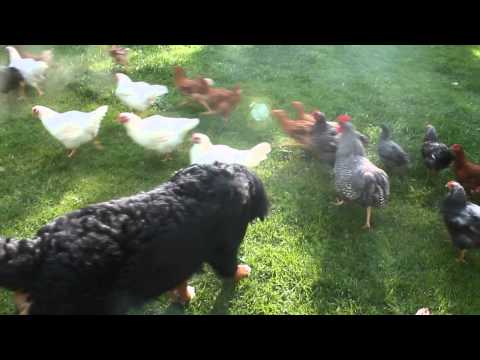I did 5 BBB turkeys last year ... kept them segregated from my laying flock (which is in a big coop and run), and free ranging. I fed them Purina Flock Raiser (20% protein?) and they did very well ... all survived and were huge and one of the hens laid eggs and the toms were able to mate up til Thanksgiving. No losses until one "flipped" just before Thanksgiving ... but we were right there to process him and we ate him ourselves and he was delicious. I did have to keep expanding their "coop" as they grew fast and took up more space than I anticipated. But they were cooperative about it. The main issue was at a certain age they wanted to roost on top of the chicken coop ... which is greenhouse plastic which is no match for their talons and bulk. But putting them to bed in a pen/coop at night solved that problem until they got too big to hop up there to roost.
This year I did 25 BBB turkeys and after lots of research decided to start them on approved turkey starter ... 28% protein. They did very well at first, but a little later on I lost 4 at different times to mystery causes. So far I've butchered 2, and chose those based on who seemed to need to go (males who were limping a little and I didn't want them to struggle to get around). They are already huge, so I think I'm going to process the rest of them very soon ... sorry people who want a "fresh" thanksgiving turkey, but it is tough to get a 40 lb bird into most ovens ... and the bigger they are the more they cost. They eat a LOT at this stage.
Essentially you can butcher them as soon as they have as much meat as you desire -- 4 months or so? The industry does it at various ages to get birds of various sizes. I like a little fat layer for flavor -- you can feel the "squishy" layer of fat under their chests. It seems that the longer you wait to butcher the thicker the fat layer gets. At thanksgiving last year it was like an inch of fat ... started the birds in late April, I believe.
Turkeys are "easy" to pluck ... either dunked or not, though dunking makes a cleaner bird and makes getting wing and tail feathers out a LOT easier -- I used a "cooler" dunk this year and had nicer results ... in my experience it can be a little trickier to deal with the neck/crop of a turkey than a chicken. But gutting the other end is easier because there is more room to work.
I called the extension service in my area to advise about Blackhead ... it isn't common here but he still recommended keeping the turkeys away from chickens.
Turkeys are very entertaining and extremely social. They will follow you around like dogs, even from day one. They talk back ... this year some of the hens seem to want to be lap cats. For me this makes the thought of butchering thembut I know that eating them is .
.
OH ... this year I got the jumbo killing cone. MUCH easier!
Have you guys seen this?

Also this really cool method but wouldnt really be edited for turkeys lol

















